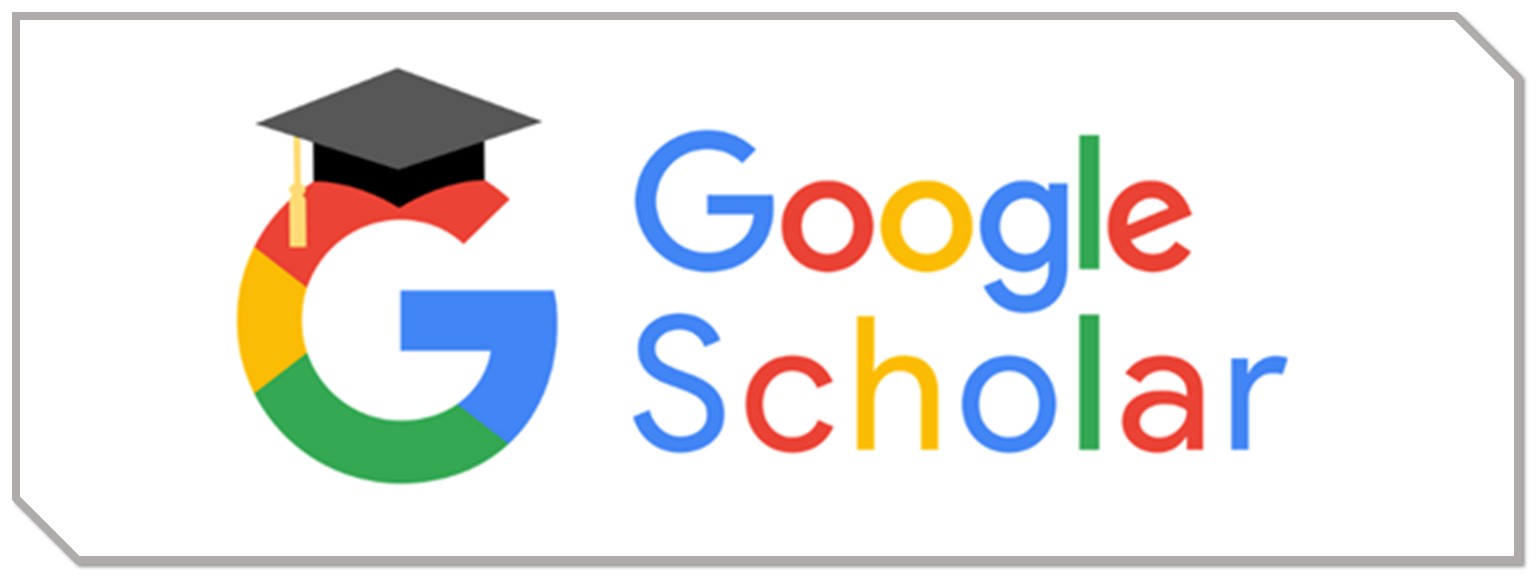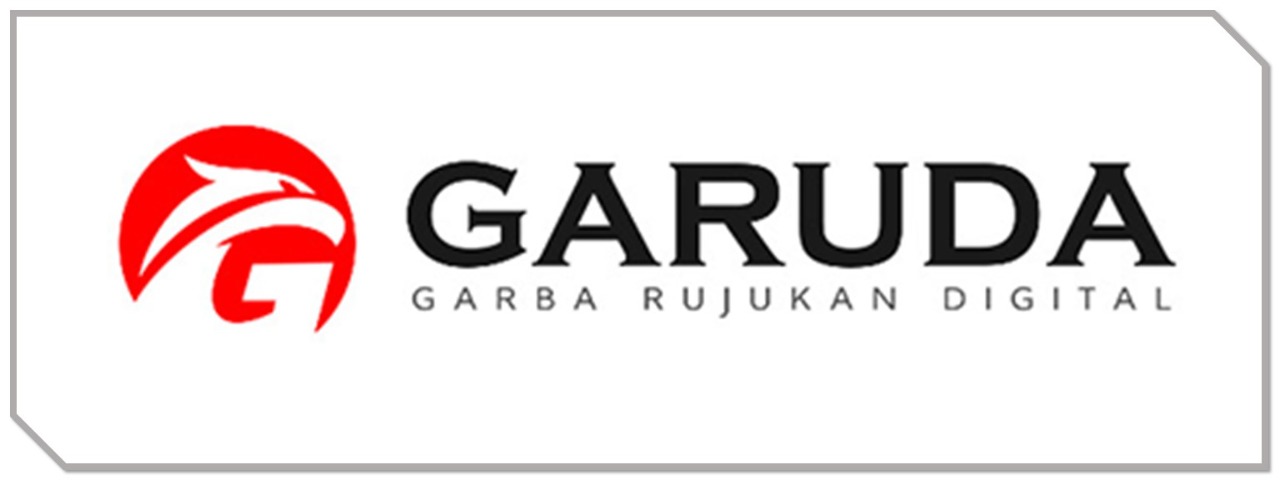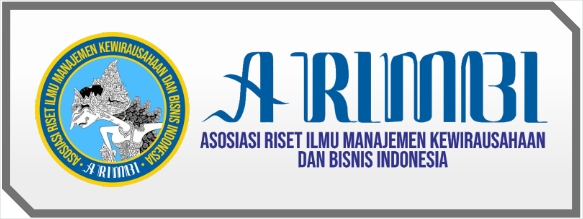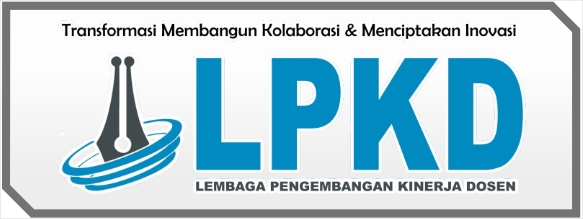Business Competition in the Era of Technology: Shifting the 4P to 4C
DOI:
https://doi.org/10.55606/iceb.v1i2.113Keywords:
Marketing Mix, Digital Marketing, MSMEs.Abstract
Micro, small and medium enterprises (MSMEs) play a vital role in economic development and growth, especially in Indonesia. It is widely recognized that MSMEs are very important be-cause of their main characteristics that distinguish them from large enterprises, especially because MSMEs are labour-intensive enterprises, exist in all locations, especially in rural areas, are more dependent on local raw materials, and are the main providers of goods and services. Along with the development of the mindset of the community, the majority of MSME actors have also changed their mindset in determining the marketing strategy used, from product orientation, consumer orientation, value orientation, technology orientation and to build the super smart society. Business digitalization also evolve the marketing mix from 4P (product, place, price and promotion) to 4C (co-creation, currency, communal activation, and conversation). However, there are barriers in the face of digitalization economy, including technology adoption and cyber-crime.
References
Adom, AY., Nyarko, IK., & Som, GNK. (2016). Competitor Analysis in Strategic Management: Is it a Worthwhile Managerial Practice in Contemporary Times?. Journal of Resources Development and Management, 24, 116-127.
Arar, T., & Yuksel, I. (2015). How To Manage Generation Z in Business Life?. JGEMBER,4(4), 195-202.
Arikunto, S. (2010). Prosedur Penelitian: Suatu Pendekatan Prektek, Yogyakarta: Rineka Cipta.
Chackochan, N. (2018). A Study on E-Commerce Marketing Mix Strategy with Special Reference to Amazon.com,Inc. Journal of Social Welfre and Management, 10(3), 448-452.
Craven, R. (2005). Customer is King: How to Exceed Their Expectations. Virgina: Random House.
Deksnyte, I., & Lydeka, Z. (2012). Dynamic Pricing and Its Forming Factors. International Journal of Business and Social Science, 3(23), 213-220.
Dholakia, N., Zwick, D., & Denegri-Knott, J. (2010). Technology, Consumers, and Marketing theory. Marketing Theory, 494-511.
Erragcha, N., & Romdhane, R. (2014). New Faces of Marketing in the Era of the Web: From Marketing 1.0 to Marketing 3.0. Journal of Research in Marketing, 2(2), 137-142.
Fleischmann, M., Hall, J. M., Pyke D. F. (2004). Smart Pricing. MIT Sloan Management Review. 45(2) 9-13
Gunawan, A. (2013). Analisis Pengaruh Communal Activation Terhadap Keputusan Membeli Untuk Meningkatkan Brand Loyalty (Studi Kasus Teh Botol Sosro Less Sugar). Binus Business Review, 4(2), 631-643.
Handayani, SB., & Martini, I. (2014). Model Pemasaran Di Era New Wave Marketing. Jurnal Ekonomi Manajemen dan Akuntansi, 36(21), 1-12.
Haws, K. L., & Bearden, W. O. (2006). Dynamic pricing and consumer fairness perceptions. Journal of Consumer Research, 33(3), 304-311.
Heras-Rosas, CDL., & Herrera, J. (2021). Innovation and Competitive Intelligence in Business. A Bibliometric Analysis. International Journal of Financial Studies, 9(31), 1-18.
Israfilzade, K. (2021). Conversational Marketing as a Framework for Interaction with the Customer: Development & Validation of the Conversational Agent's Usage Scale. Journal of Life Economics. 8(4): 533-546.
Jara, AJ., Parra, MC., & Skarmeta, AF. (2012). Marketing 4.0: A New Value Added to the Marketing through the Internet of Things. 2012 Sixth International Conference on Innovative Mobile and Internet Services in Ubiquitous Computing, 852-857.
Jumiati, S., Hamid, A., Amalia, E., Mufraini, MA., & Mulazid, AS. (2021). Budapest International Research and Critics Institute-Journal, 4(3), 5697-5704.
Kalogiannidis, S., & Matratzas, S. (2020). Impact of Marketing Mix Strategies Effective Product Development Issues in MNCs/Retail. International Journal of Business Marketing and Management, 5(12), 118-125.
Kevin, Wongleedee. (2015). Marketing Mix and purchasing behavior for community products at traditional markets. Procedia – Social and Behavioral Sciences, 197, 2080-2085.
Khrishnan, S., & Nene, LC. (2018). Word of Mouth Marketing Strategy. International Journal of Computer Applications, 182(2), 1-6.
Kotler, P., Kartajaya, H., & Setiawan, I. (2017). Marketing 4.0: Moving from Traditional to Digital. New Jersey: John Wiley & Sons.
Kotler, P., Kertajaya, H., & Setiawan, I. (2010). Marketing 3.0: From Products to Customers to the Human Spirit. New Jersey: John Wiley Sons.
Kotler, Philip., & Keller, Kevin Lane. (2016). A Framework for Marketing Management. London: Pearson Education Limited.
Lee, SM., & Trimi, S. (2018). Innovation to Creating a Smart Future. Journal of Innovation & Knowledge, 3, 1-8.
Moncrief, WC., & Cravens, DW. (1999). Technology and Changing Marketing World. Marketing Intelligence and Planning, 17(7), 329-332.
Muhammad, YA. (2016). The Impact of Experiential Marketing on Word of Mouth (WOM) with Customer Satisfaction as the Intervening Variable. Jurnal Dinamika Manajemen, 7 (2) 2016, 182-190.
Putra, N., & Lisnawati, S. (2012). Penelitian Kualitatif Pendidikan Agama. Islam. Bandung: Remaja Rosdakarya.
Resnick, S.M., Cheng, R., & Simpson, M. (2016). Marketing in SMEs: A “4Ps” Self-Branding Model. International Journal of Entrepreneurial Behaviour and Research, 22(1), 155-174.
Rohadin, R., & Yanah, Y. (2019). The Influence of Small Micro Industries on Economic Growth. Jejak, 12(2), 318-326.
Salgues, B. (2018). Society 5.0 Industry of the Future, Technologies, Methods and Tools. New Jersey: John Wiley Sons.
Sima, E. (2021). Managing a brand with a vision to marketing 5.0. A Bibliometric Analysis. Matec Web of Conference, 343(07015), 1-10.
Skrobich, L., & Kot, S. (2018). Marketing 3.0 in Contemporary Marketing Management Activities of Enterprises. Contemporary Issues in Theory and Practice of Management, 10, 591-597.
Sugiyono. (2016). Metode Penelitian Pendidikan Pendekatan Kuantitatif, Kualitaif, dan R&D. Bandung: Alfabeta.
Trusof, M., Buckelin, RE., & Pauwels, K. (2009). Effects of Word-of-Mouth Versus Traditional Marketing: Findings from an Internet Social Networking Site
Yean, TS. (2018). The Digital Free Trade Zone (DFTZ): Putting Malaysia’s SMEs onto the Digital Silk Road. Perspective, 26(17), 1-9.
Zhang, D., Ning, H., Xu, K.S., Lin, F., and Yang, L.T. (2012). Internet of Things. Journal of Universal Computer Science, 18(9), 1069-1071.
















